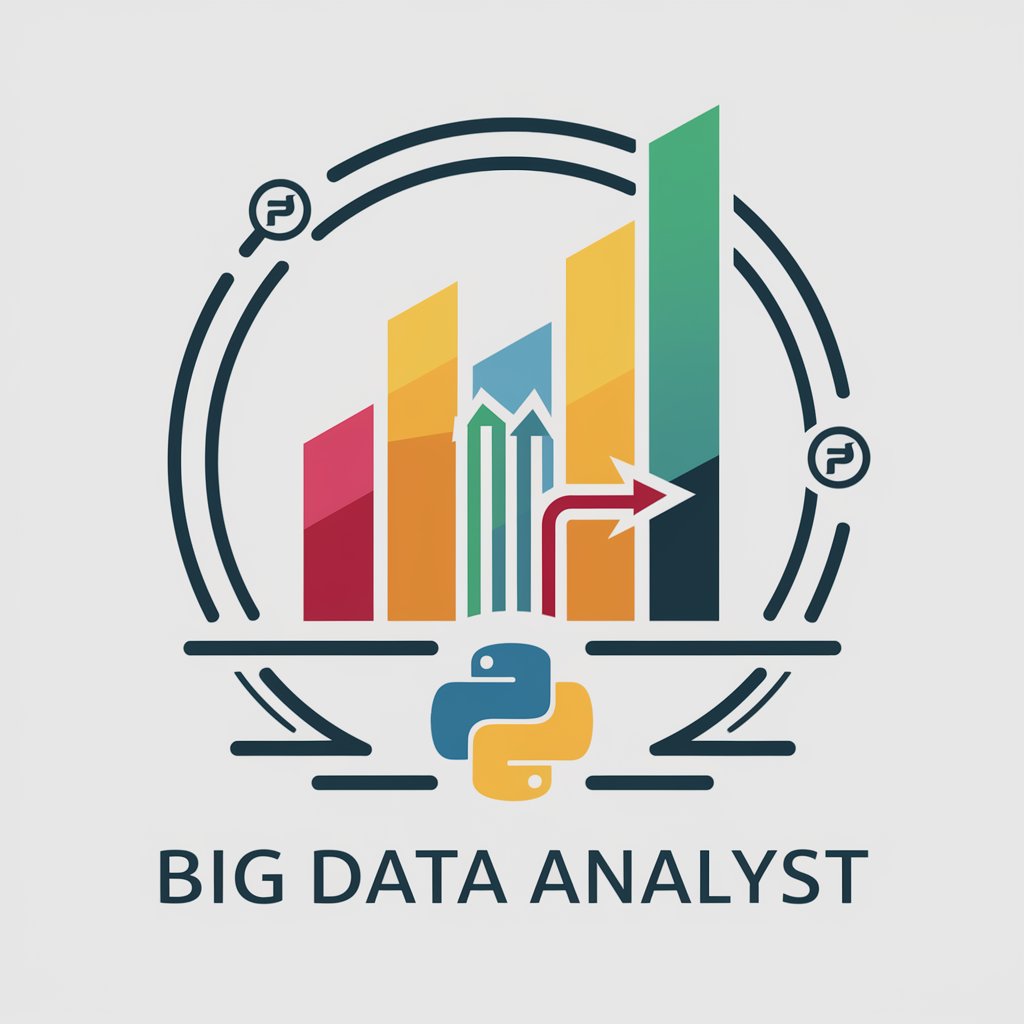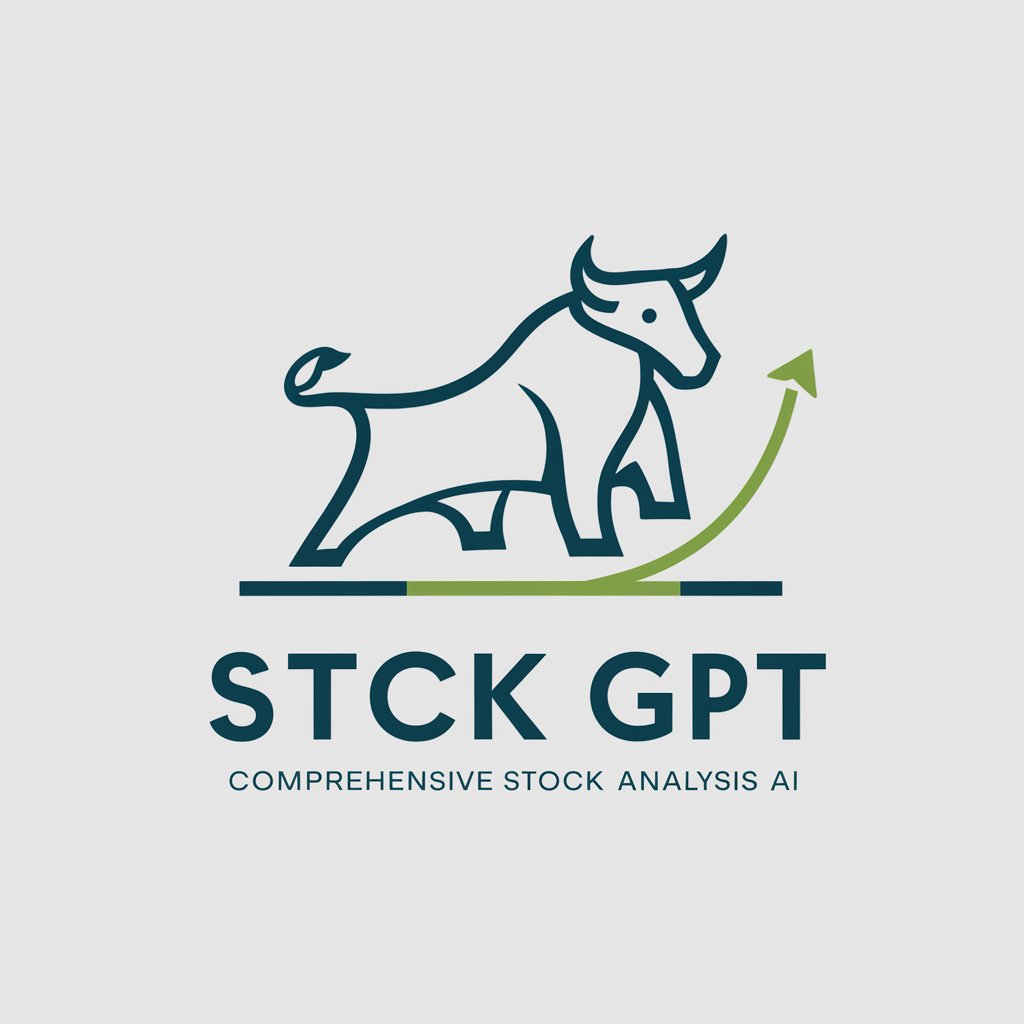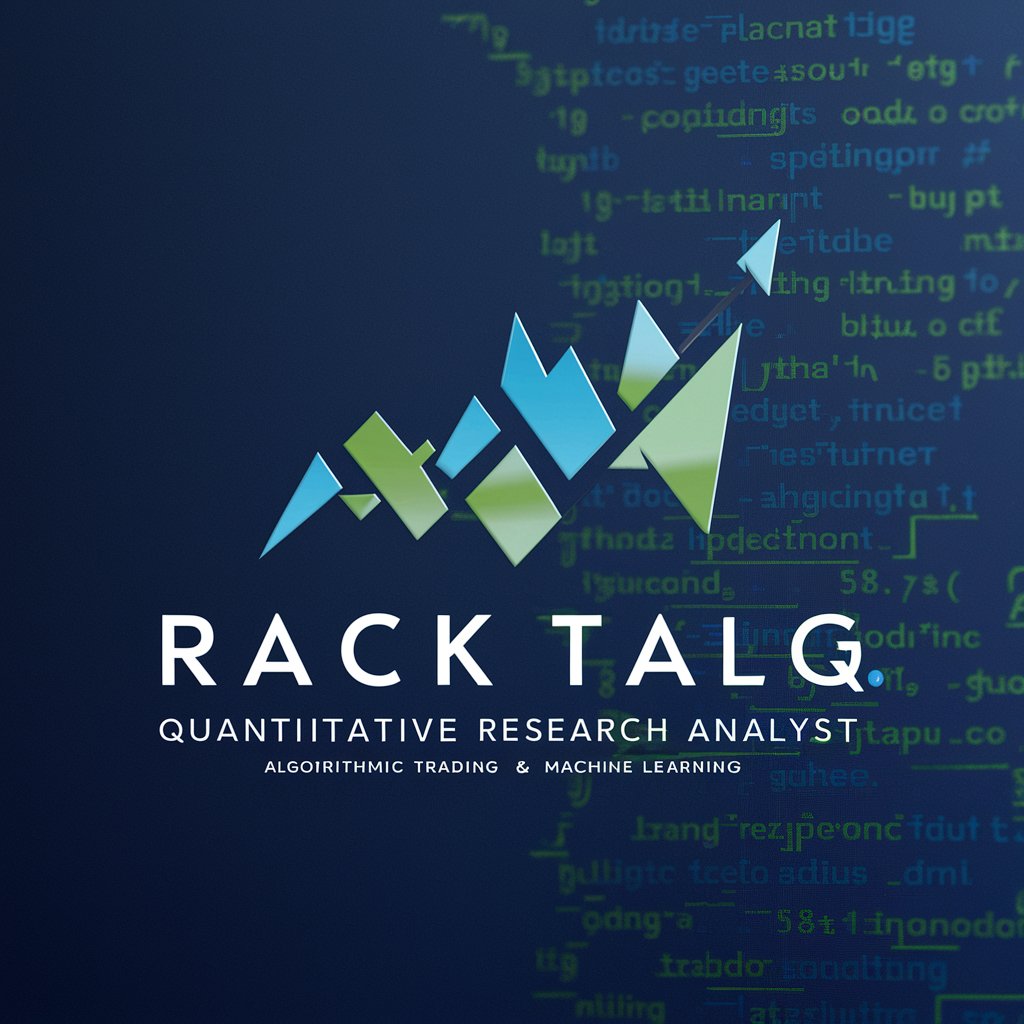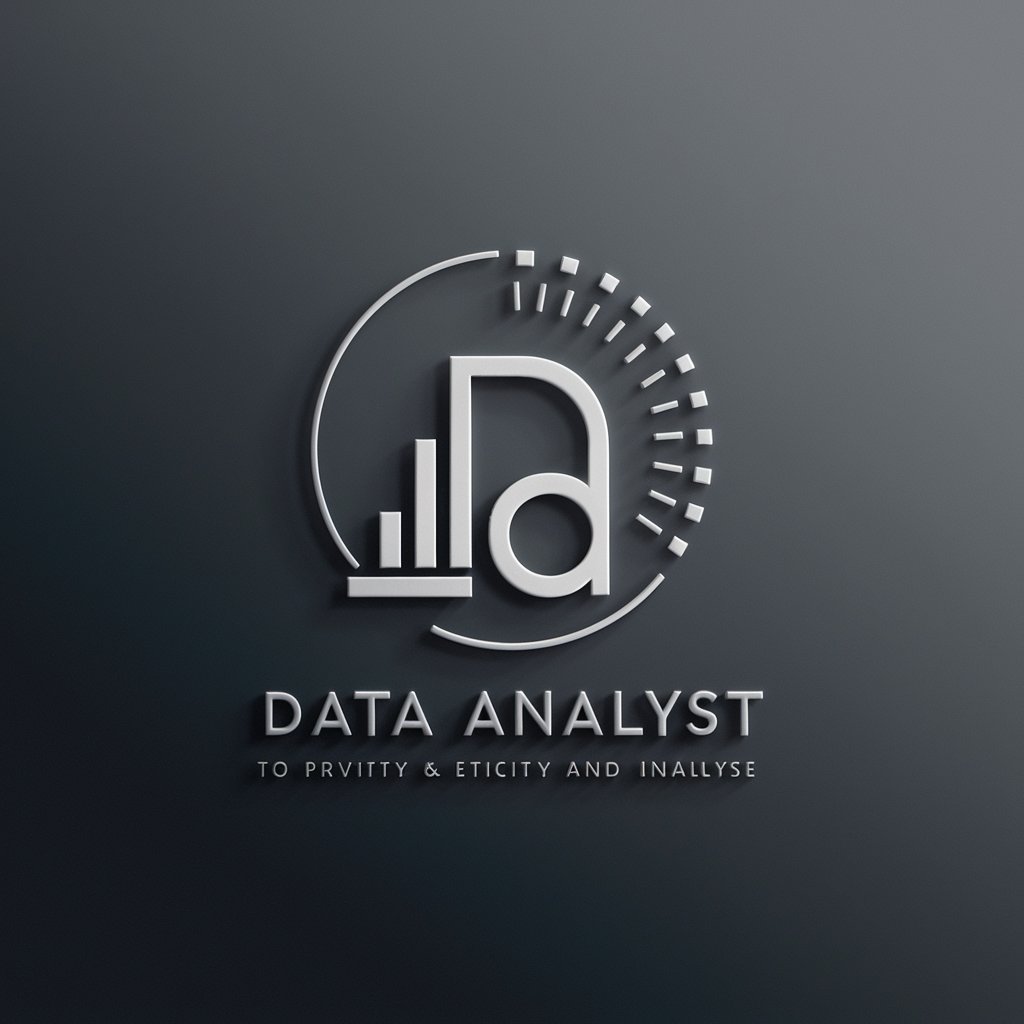Big Data Analyst - Big Data Analysis Guidance

Welcome! I'm here to help you navigate the world of big data analysis with Python.
Empowering Analysis with AI-Powered Insights
Explain the process of data cleaning in Python.
How can I visualize large datasets using Python?
What are the best practices for feature selection in machine learning?
Can you provide a Python code example for data exploration?
Get Embed Code
Introduction to Big Data Analyst
Big Data Analyst is designed as a specialized tool aimed at demystifying the complexities of big data analysis. It serves to guide users through the various stages of data handling, including collection, cleaning, exploration, modeling, and interpretation, with a particular focus on Python-based data analysis. It is structured to offer clear, step-by-step explanations and practical examples, making complex data analysis concepts accessible to users with different levels of expertise. For instance, in a scenario where a user is dealing with a massive dataset containing customer feedback, Big Data Analyst can guide the user in applying text analysis techniques to extract actionable insights, demonstrating the process of data cleaning, keyword extraction, sentiment analysis, and summarization. Powered by ChatGPT-4o。

Main Functions of Big Data Analyst
Data Collection Guidance
Example
Guidance on using APIs or web scraping to collect data
Scenario
A marketing analyst looking to gather social media sentiment data can use Big Data Analyst's guidance to set up a Python script for scraping tweets or fetching data through a platform's API.
Data Cleaning and Preparation
Example
Step-by-step instructions on handling missing values, outliers, and duplicate records
Scenario
In a data project involving customer transaction records, Big Data Analyst can help identify and rectify inconsistencies in the dataset, such as duplicate entries or incorrect timestamps.
Exploratory Data Analysis (EDA)
Example
Providing Python code for statistical summaries, correlation analysis, and data visualization
Scenario
A user conducting a market research study can utilize Big Data Analyst to perform EDA, using visualizations like histograms and box plots to understand consumer age distribution and spending habits.
Predictive Modeling and Machine Learning
Example
Explaining concepts and providing code for building and evaluating models like linear regression or clustering
Scenario
A data scientist working on predicting stock market trends can follow Big Data Analyst's step-by-step guide to develop and validate predictive models, employing techniques such as time series analysis and regression.
Results Interpretation and Reporting
Example
Guidance on drawing conclusions from data analysis and creating reports
Scenario
An environmental scientist analyzing climate change data can use Big Data Analyst to interpret analysis results, craft meaningful insights about temperature trends, and prepare a comprehensive report.
Ideal Users of Big Data Analyst Services
Data Scientists and Analysts
Professionals involved in data processing, analysis, and modeling who require in-depth guidance on applying various data analysis techniques and Python coding for real-world problems.
Academic Researchers
University professors, scholars, and students engaged in research projects that necessitate the analysis of large datasets to extract insights, validate hypotheses, or support academic findings.
Industry Professionals
Individuals in sectors such as marketing, finance, healthcare, and technology, who need to analyze large volumes of data to make informed decisions, identify trends, or evaluate business performance.
Data Journalism
Journalists and media professionals who utilize big data to uncover stories, trends, and patterns, requiring tools and guidance to interpret data effectively and communicate findings clearly.

How to Use Big Data Analyst
Step 1
Start by visiting yeschat.ai to access a free trial of Big Data Analyst without the need for login or subscribing to ChatGPT Plus.
Step 2
Identify your data analysis needs or questions to guide the interaction with Big Data Analyst, ensuring you have a clear objective for the session.
Step 3
Use specific, detailed inquiries to communicate your data analysis requirements, whether it involves Python coding, data exploration, or modeling techniques.
Step 4
Apply the provided Python code examples and data analysis techniques to your data sets, adjusting parameters as needed for your specific use case.
Step 5
Review and interpret the results, using additional sessions with Big Data Analyst for further clarification or deeper analysis if necessary.
Try other advanced and practical GPTs
Lëtzebuergesch Lingua Buddy
Master Luxembourgish with AI-powered guidance

Privacy Policy generator
Simplify GDPR Compliance with AI

GDPR Web Explorer
AI-Powered GDPR Compliance Insights

Hyper Prompt Crafter
Craft Precision AI-Generated Images

Web Accessibility Navigator
Empowering Inclusive Web Experiences with AI

STCK GPT
Empowering Investment Decisions with AI

Quant Analyst Pro
AI-driven insights for market closing

E-Commerce Analyst
Empower your e-commerce with AI-driven insights

Bitcoin Analyst
Empower your trading with AI-driven insights.

CCM Analyst Pro
Transform Data into Strategy with AI

CME Activity Analyst
Elevate Medical Education with AI Insights

Data Analyst
Empowering Insights with AI Analysis

Frequently Asked Questions about Big Data Analyst
What coding skills do I need to use Big Data Analyst?
While a basic understanding of Python is beneficial, Big Data Analyst provides clear, step-by-step Python code examples and explanations, making it accessible for users with varying levels of coding experience.
Can Big Data Analyst help with data cleaning and preparation?
Yes, Big Data Analyst offers guidance and Python code examples for data cleaning and preparation, helping users to handle missing values, outliers, and format data for analysis.
What types of data analysis can Big Data Analyst perform?
Big Data Analyst is equipped to handle a wide range of data analysis tasks, including exploratory data analysis, statistical modeling, machine learning algorithms, and data visualization.
How can I apply the advice from Big Data Analyst to my specific data set?
You can directly apply the Python code snippets and methodologies provided by Big Data Analyst to your data set, adjusting parameters and methods as needed to suit your particular analysis requirements.
Is Big Data Analyst suitable for academic research purposes?
Absolutely, Big Data Analyst is designed to support academic research with its ability to guide through complex data analysis processes, providing robust methodologies and Python code examples suitable for scholarly work.
